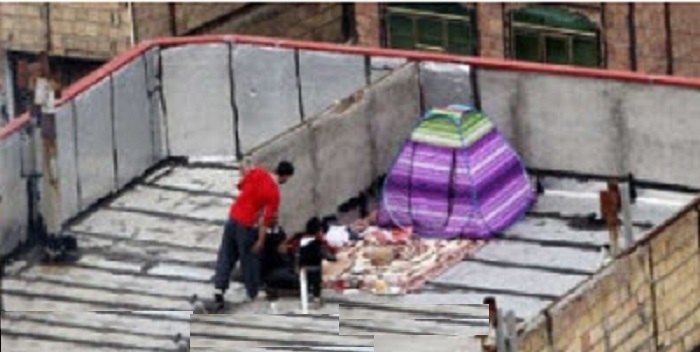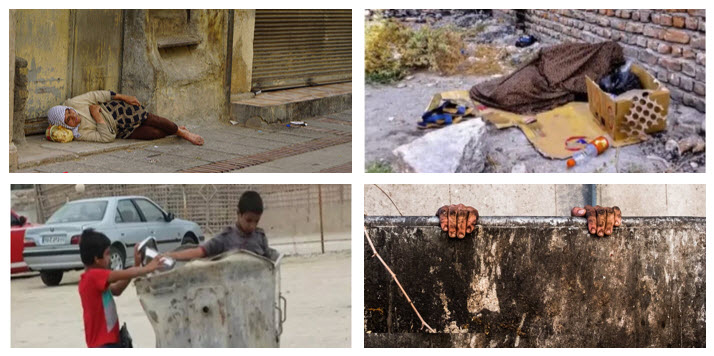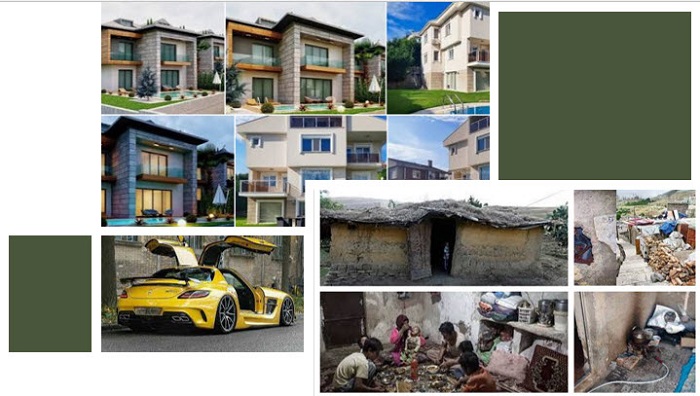
“Consumer demand is currently almost non-existent in the market,” he told the semi-official Tasnim News Agency in an April 16 interview. For the younger generation, owning a home has become all but a dream due to the regime’s failed policies. Since the mullahs came to power in Iran, the topic of housing has remained a contentious issue.
The average housing price per square meter in Tehran has skyrocketed over the past five years, Farnam explained. In 2018 the average price per square meter was 60 million rials. Today, it exceeds 600 million rials, marking a ten-fold increase. According to Farnam, there has been no increase in housing production between 2018 and 2023.

Housing development in Iran has been terminated despite the pledge of regime President Ebrahim Raisi to build one million residential units each year at the outset of his tenure. Only 300,000 units are being constructed across the country each year, which is a third of the volume produced before 2013.
The state-run Donya-e-Eqtesad newspaper published a report on April 8 discussing the significant surge in housing prices and the cost of rent in Tehran over the past three months.

This figure reached 47 percent in 2020. The data related to the Organization for Economic Co-operation and Development (OECD) shows that in the period of six years and nine months from 2015 to the fall of 2022, the price of each square meter of residential units in Saudi Arabia decreased by 12 percent.

One should take into account that the housing market is affected by the ownership of millions of vacant houses held by various entities associated with the regime, such as the Housing Foundation, the Mehr Housing Foundation, the Mostazafan Foundation, IRGC banks, and state-owned banks. These entities benefit from rising housing costs and rental rates, imposing a further financial burden on the Iranian people.
 MEK Iran (follow us on Twitter and Facebook), Maryam Rajavi’s on her site, Twitter & Facebook, NCRI (Twitter & Facebook), and People’s Mojahedin Organization of Iran – MEK IRAN – YouTu
MEK Iran (follow us on Twitter and Facebook), Maryam Rajavi’s on her site, Twitter & Facebook, NCRI (Twitter & Facebook), and People’s Mojahedin Organization of Iran – MEK IRAN – YouTu







